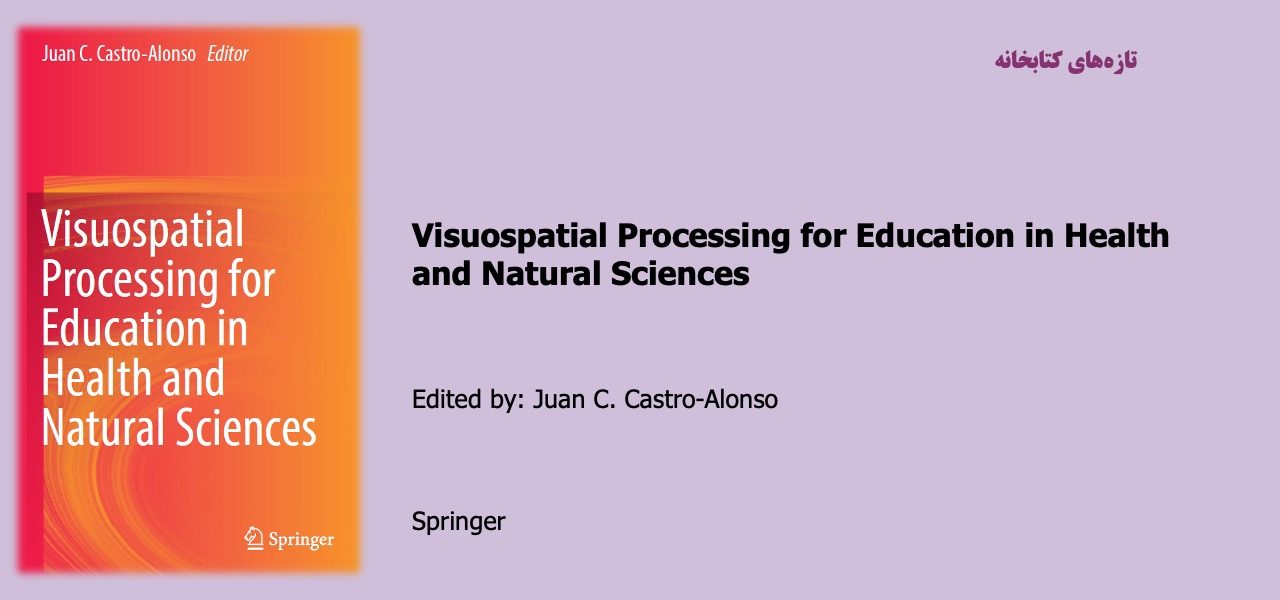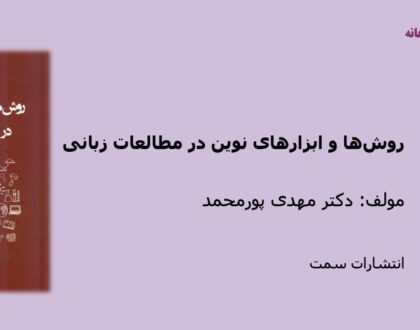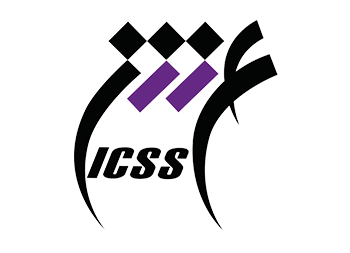Visuospatial Processing for Education in Health and Natural Sciences

Visuospatial processing can be defined as the ability of working memory to generate and transform visual and spatial information, presented as both static and dynamic displays (see McGrew 2009; Ness et al. 2017). This ability is a key asset to study and understand concepts of the health and natural sciences disciplines (e.g., Wai and Kell 2017), as these fields use visual and spatial resources for explanation and communication (see Mathewson 2005). Because these disciplines are more visuospatially demanding at the university than at the school level (see Oliver-Hoyo and Babilonia-Rosa 2017), the focus of this book is on university students learning about health and natural sciences. The goal of this first chapter is to provide a brief overview of the chapters of this volume, in which I had the privilege and honor of being a coauthor with leading international researchers in educational psychology, science learning, and visuospatial processing.
مطالب مرتبط

آموزش مقدماتی کارکردهای اجرایی
۱ / خرداد / ۱۴۰۳

دستنامه عصبشناسی زبان آکسفورد
۱ / خرداد / ۱۴۰۳

روشها و ابزارهای نوین در مطالعات زبانی
۱ / خرداد / ۱۴۰۳

